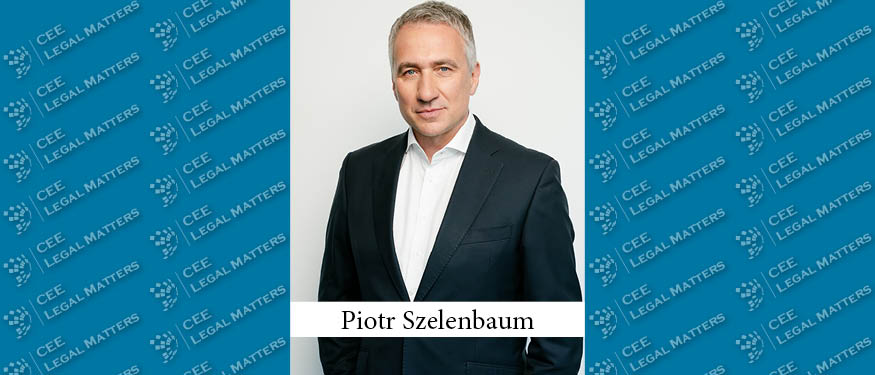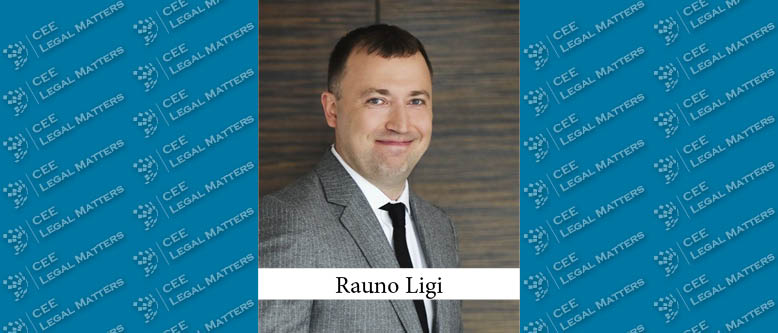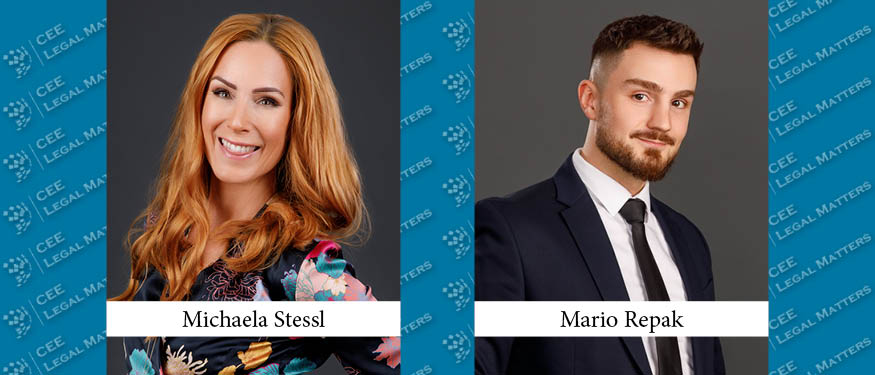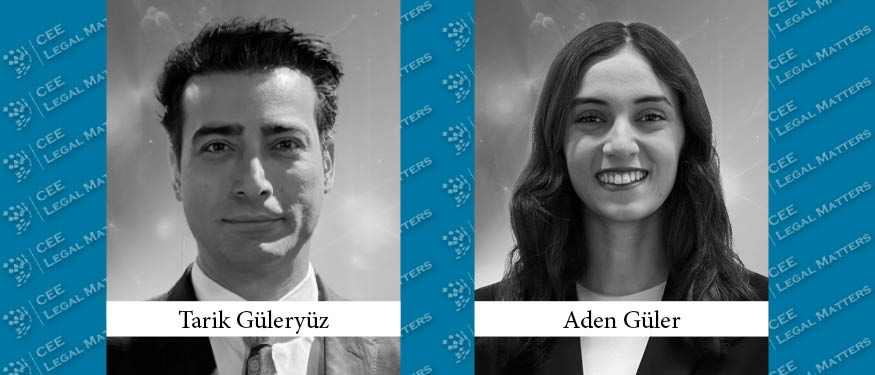The Hungarian Code of Advertising Ethics (hereinafter referred as: the “Code”) has not been revised since 2015, but the achievements of the times and the accelerated flow of information made it necessary to include some specific elements into the Code. Following approval by the advertising industry bodies, the new Code came into force on June 30, 2023. The purpose of this article is to highlight the most important changes to the content, in order of their position in the new Code.
The general part of the Code has mostly changed in structural terms compared to the previous ones. However, several important basic data protection principles of the GDPR – an EU regulation with direct effect since 2018 – have been implemented into this general part, making them pervasive rules throughout the Code. Article 8 on data protection provides for basic rules on the processing and handling of data in relation to advertising and specifically addresses the processing of personal data of minors.
The specific part of the Code has introduced a number of elements (such as new definitions) that can be considered as a significant change compared to the 2015 version – thus, it can be said that the specific part of the Code is the one that has mostly reflected changing life situations.
a) Protection of minors in the Code
Article 12 of the Code introduces a new conceptual system for the protection of minors: it differentiates between minors under the age of 18 in accordance with the rules of civil law, by considering minors under the age of 14 as children and minors between the ages of 14 and 18 as underaged. It is worth pointing out that, as a result of the above differentiation, there are rules which do not apply to both categories of minors, but only to minors under the age of 14 (i.e. children): (i) “Advertising must not imply that if the child himself or herself or a person invited by him or her does not buy the product or use the service, he or she is in breach of an obligation or promise."; (ii) "Advertising must not show a child in a street environment or in a traffic situation alone in a way that could be a source of danger to children at the age as the child"; (iii) "Advertising must not show children using medicines, medical devices or medical equipment alone." However, this does not imply that the underaged are entitled to a narrower scope of general protection: the Code merely intended to express that minors under the age of 14 are entitled to additional protection in the specific situations mentioned above. In this context, important new rules affecting minors can be found elsewhere in the Code, for example in the rules on advertising of cosmetics: (i) "Advertising of cosmetic products may promote the hygiene and health benefits of cosmetic products to minors, in particular in the case of sunscreen, oral care and cleansing products (shampoo, soap, oral hygiene and acne concealer)."; (ii) "The advertising of decorative cosmetics and perfumes shall not encourage their excessive use by minors."; (iii) "The advertising of cosmetic products, including pictorial material, shall not promote sexualization among minors."
b) Rules on advertising alcoholic beverages
The article about the advertising of alcoholic beverages has also been revised in the new Code. On the one hand, the title of the article has been changed (the new Article 18 is titled "Rules on the advertising of alcoholic beverages and non-alcoholic beverages wearing the brand name of alcoholic beverages"), and the scope of the rules has been extended accordingly. An interpretative provision at the beginning of the article captures the essence of the change: "The provisions of this Article shall apply to the advertising of all alcoholic beverages, except for medicinal herbal extracts and products made from them, and shall apply to the advertising of non-alcoholic beverages wearing the brand name of an alcoholic beverage." Notwithstanding this, the article contains a very important new rule concerning advertising to minors and alcohol-related advertising: "Advertising of a non-alcoholic beverage wearing the brand name of an alcoholic beverage shall not be directed to minors, shall not use a visual or textual element primarily aimed at minors and shall not include a person under the age of 18.”
c) Rules on vehicle advertising
Still with the aim of keeping advertising regulation up to date, the changes to the rules on vehicle advertising are also worth mentioning. A new definition has been added to Article 19 of the Code titled "Rules on advertising of vehicles": "For the purposes of this Article, 'vehicle' means any means of transport by land, water or air, whether passenger or goods, irrespective of the legal definition." Moreover, a further important addition has been made to Article 19, reflecting the growing phenomenon of the so-called self-driving car: "Vehicle advertising shall realistically present the benefits of safety and driver assistance systems for driving. Vehicle advertising should not suggest that the vehicle's safety, driver assistance systems are a complete substitute for driver attention and vigilance, nor should it suggest that the vehicle's capability allows it to be driven faster than the relevant traffic rule and situation or in complete safety."
d) Rules on gambling-related advertising
The rules on gambling-related advertising have been supplemented – although in a separate article (see Article 21) – by the rules on advertising for betting tip services. Nowadays, the number of online betting activities and betting on various sporting events has increased and the marketing of these activities has evolved considerably. The incorporation of these rules in the Code is a symbol of this progress. The Code takes account of the need to protect minors here as well: the target audience for such advertising shall not be minors and such advertising shall not be aimed to attract minors to this type of game. Advertising shall not claim or imply that success is otherwise guaranteed and can be profitable in the long term.
f) Rules on environmental advertising
The new Code has also amended the rules on environmental advertising. At the very beginning of the relevant Article 22, a basic concept is reiterated, according to which an environmental claim, also known as a "green claim", is "any statement or representation concerning the environment or ecological aspects and their consistency which refers explicitly or implicitly to the production, packaging, distribution, use, consumption, disposal or positive impact on the environment of a given product or company."[7] Under Article 22, green claims must be appropriate and scientifically substantiated and, in view of energy hunger, advertising that labels energy waste as an acceptable behavior or advertising that works against the responsible management of natural resources should be avoided.
e) New rules on influencers
The third part of the Code titled "Advertising in the digital space", has also undergone changes. Two elements are worth highlighting: on the one hand, this part of the Code has been expanded with a definition section, which specifies concepts such as the increasingly topical and growing number of so-called influencers; on the other hand, a specific article has been added about advertising with influencers (see Article 27).
Nowadays, it is common for any product to be promoted by someone whose digital content is widely known and accepted, whether for what they have to say or for their humorous subject matter. The new wording of the Code highlights advertising resulting from such cooperation, for which the influencer and the advertiser (i.e. the agency or media company) are jointly and severally liable. Another important new rule for influencers is that they cannot be considered to be free of influence if the advertising was linked to any form of remuneration. An important rule has also been drafted in relation to advertising published by an influencer: "The influencer must indicate if the content published is advertising (e.g. "Advertising"; "Advertisement", "Paid content", "Sponsored content") and, if hashtags (#) are used, the advertising character must be indicated in the first position. The so-called advertising tag provided by the platform used to identify the content must also be used in Hungarian."
Finally, it is important to underline that the new Code – just like the previous one – does not contain any sanctions and is ultimately not binding in general: it only sets out a general minimum standard that self-regulatory bodies must follow while pursuing their advertising activities.
By Zsuzsanna Lukacs, Attorney at law, and Daniel Nyulasi, Junior Associate
















